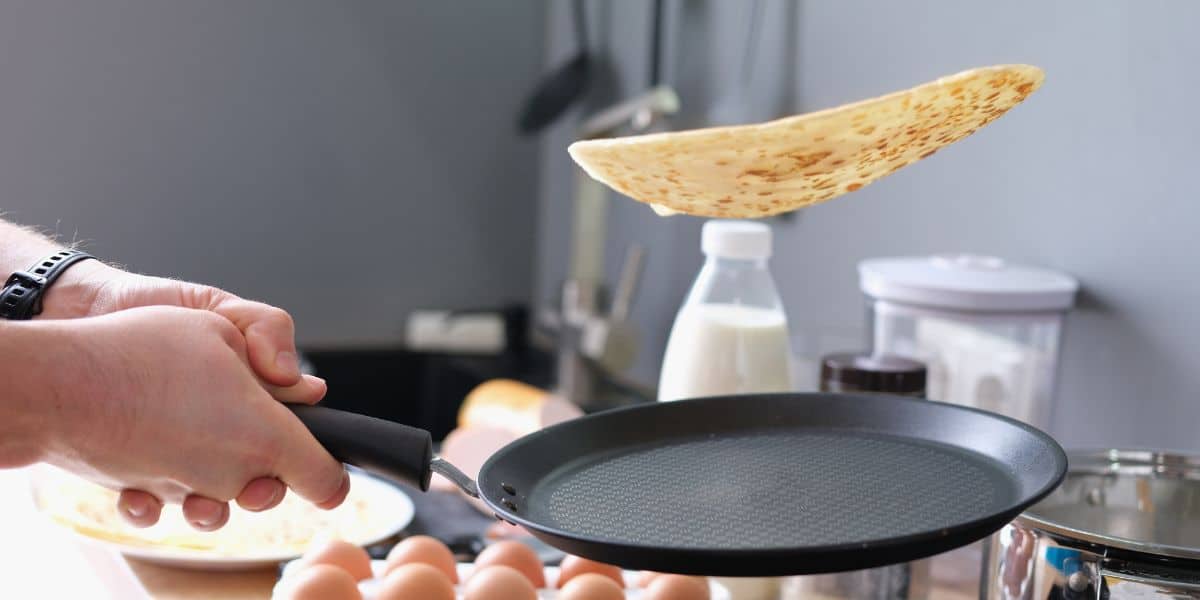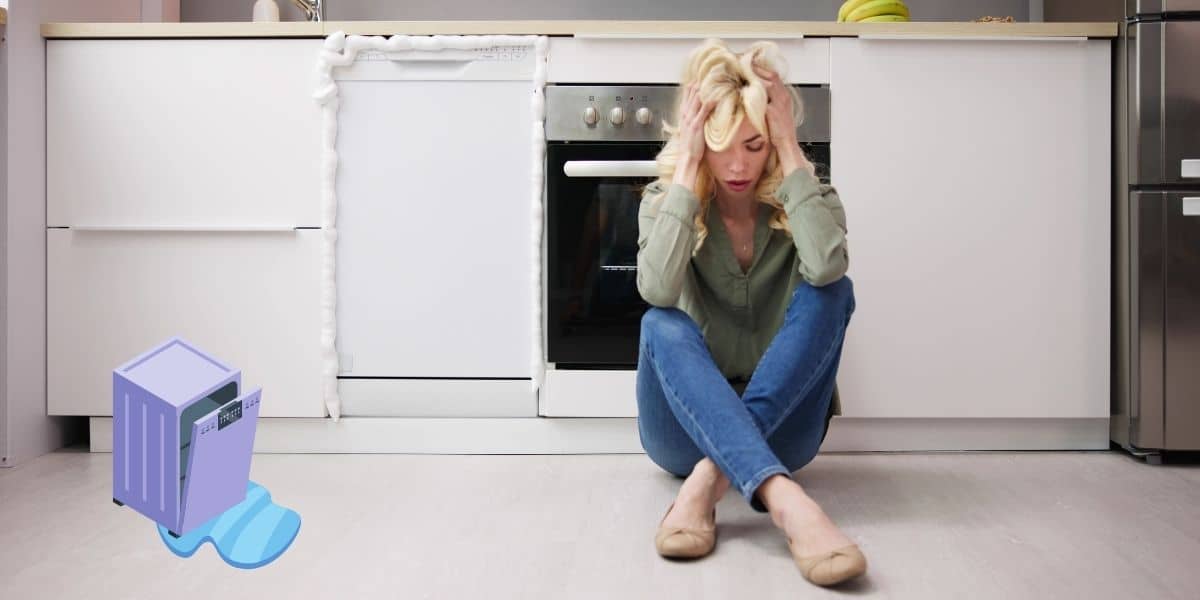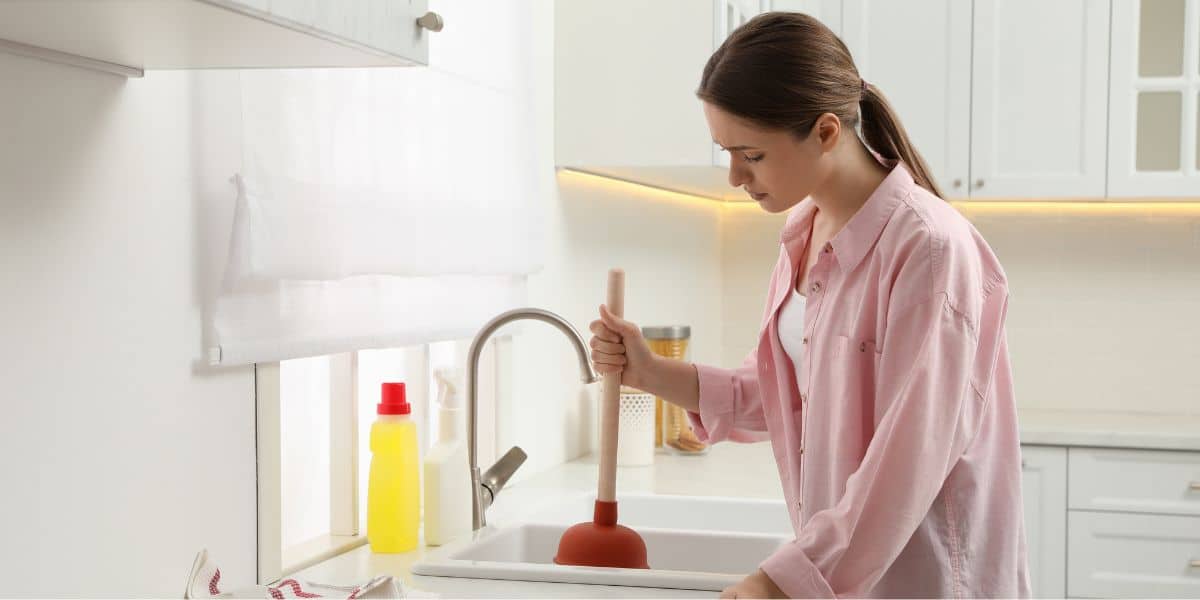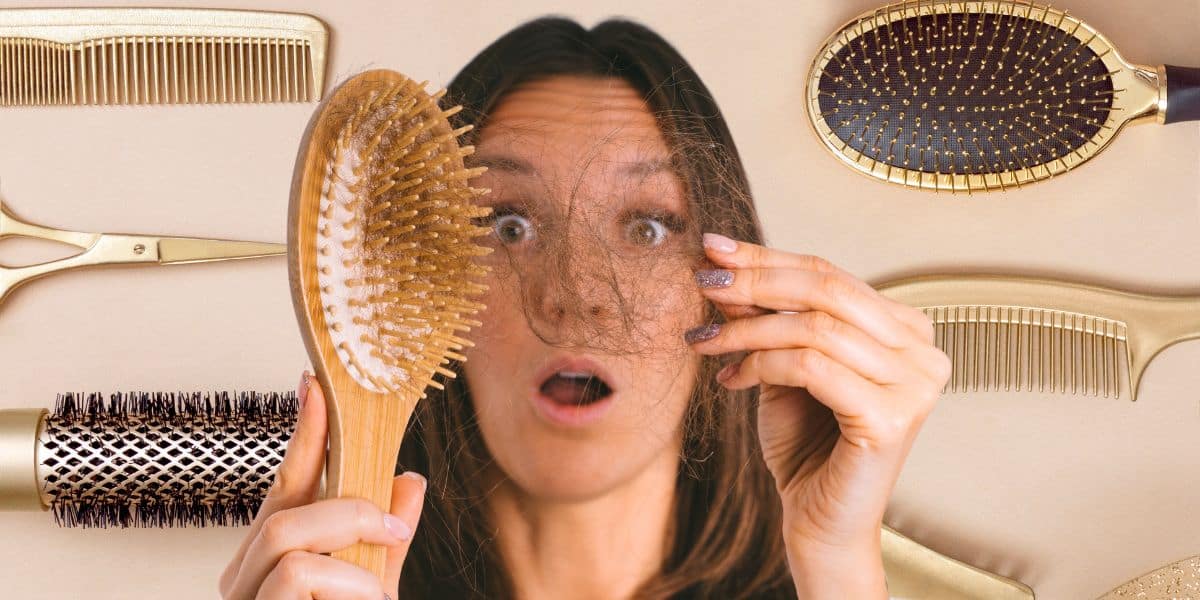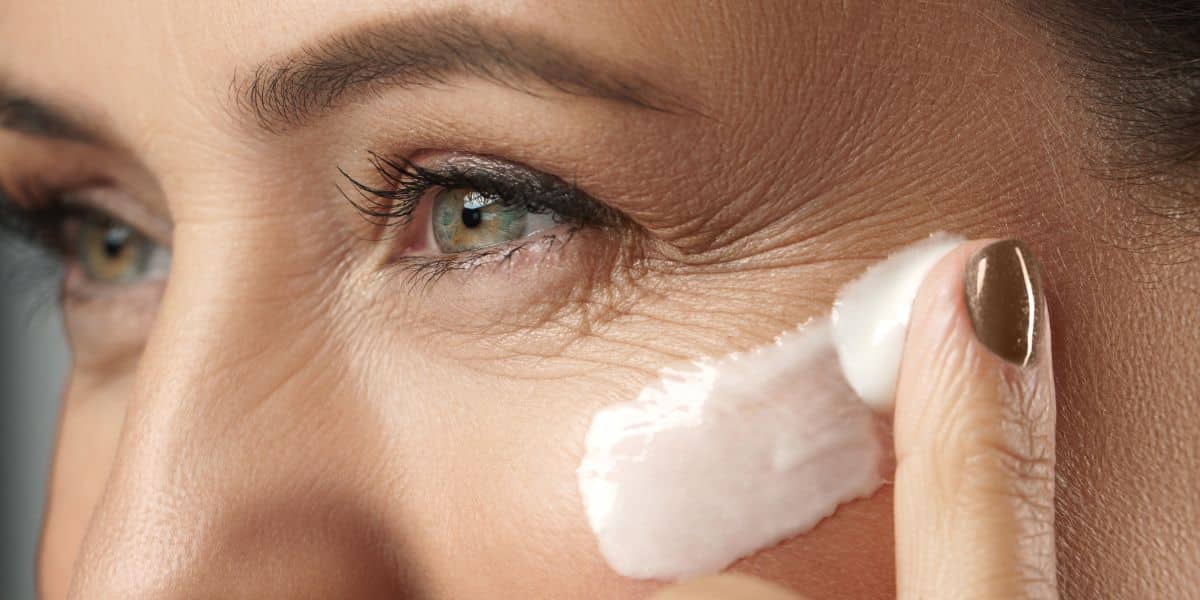The key to enjoying a delightful breakfast often lies in one simple, yet essential dish: pancakes. The joy of fluffy pancakes brings people together, whether it’s a lazy Saturday morning with family or a special brunch with friends. However, achieving that perfect, light texture can sometimes feel elusive, leaving many home cooks wondering—what truly is the secret to making perfectly fluffy pancakes every time? With just a few professional tips and techniques, anyone can become a pancake pro in their own kitchen, impressing everyone with their culinary skills and delicious creations.
It begins with the ingredients. The basic component of pancakes includes flour, sugar, baking powder, eggs, milk, and butter. Each ingredient plays a crucial role, but it is the flour that sets the foundation of your pancakes. Choosing the right flour, typically all-purpose, helps ensure a great texture. However, the secret often lies not only in what you use, but how you prepare it.
Before mixing, it’s essential to whisk together the dry ingredients in a separate bowl. Combine flour, sugar, baking powder, and a pinch of salt, ensuring there are no lumps. This step guarantees the even distribution of baking powder, which is vital for that fluffy rise. Many chefs agree that this mixture prepares the batter for success.
Now comes the blending process, where patience is crucial. The number one rule in achieving fluffiness is to avoid overmixing. When combining the dry ingredients with the wet ingredients, gently fold them together. A few lumps in the batter are completely acceptable; in fact, they are preferred. Overmixing the batter activates gluten, leading to denser, tough pancakes rather than the desired airy, fluffy goodness. It is the delicate balance of mixing that makes the difference.
After mixing, letting the batter rest for about 5-10 minutes can work wonders. During this resting period, the dry ingredients absorb the liquid, and the baking powder begins to create bubbles, setting the stage for a fluffier texture. Additionally, this is a great moment to preheat your griddle or skillet to ensure an even cook.
FAQ
What type of pan is best for cooking pancakes? While non-stick pans can work well, using a well-seasoned cast iron skillet is often recommended for an even cook and beautiful golden crust. Electric griddles are also a fantastic option for larger batches due to their even heat distribution.
Is there a preferred type of milk for pancake batter? While you can use any milk, buttermilk is a popular choice among many cooks. It introduces a slight tanginess and leads to a tender pancake due to its acidity, which reacts with the baking powder.
Can I substitute flour to make healthier pancakes? Absolutely! You can explore whole wheat flour or alternatives such as oat or almond flour. Just keep in mind that these substitutes might require some adjustments in the liquid content to achieve the right batter consistency.
Once your pancake batter is prepared, it’s time to start cooking. Preheat your skillet or griddle to a medium temperature, and grease it lightly to prevent sticking. Pour in your batter, and here’s a pro tip: do not flip the pancakes until you see bubbles forming on the surface and the edges look set. This indicates they’re ready to be flipped, ensuring that delicate fluffy interior is preserved.
Making the Most of Your Pancakes
When serving pancakes, always do so immediately for the best fluffy experience. If you’re preparing a large batch, keep pancakes warm in an oven set to around 200°F while you finish cooking. This way, everyone gets to enjoy hot, fluffy pancakes simultaneously.
To add variety, consider experimenting with flavors and add-ins. A dash of vanilla extract can elevate the taste significantly, and for fruit lovers, incorporating blueberries, bananas, or even chocolate chips can turn a simple pancake into a gourmet breakfast dish. Don’t forget about toppings! Options such as maple syrup, fresh fruit, whipped cream, or a dusting of powdered sugar can create a delightful experience.
Understanding the art and science behind pancake-making is all about communicating with your ingredients and respecting the process. The secret to making perfectly fluffy pancakes is achievable through caution, a little patience, and a willingness to learn. With these strategies up your sleeve, you’re on your way to crafting delicious stacks that will be the highlight of any breakfast occasion.
Next time you draw up a pancake breakfast, remember the techniques that bring those fluffy delights to life. Encouraging a light touch, using quality ingredients, and giving your batter time to develop will ensure impressive results every time. For enthusiasts who love to explore more culinary delights, return here frequently for tips, techniques, and recipes that will inspire your cooking adventure.

